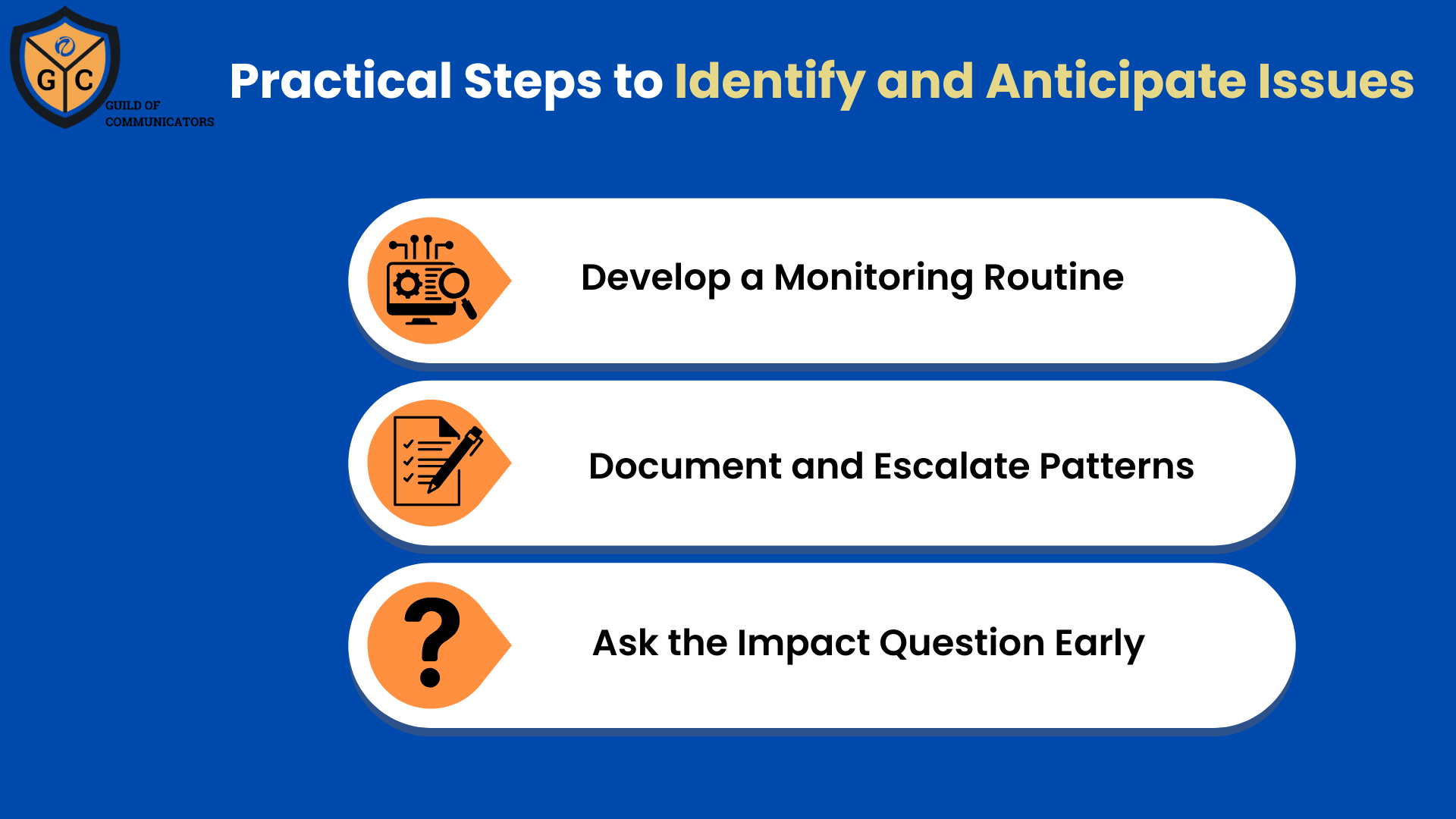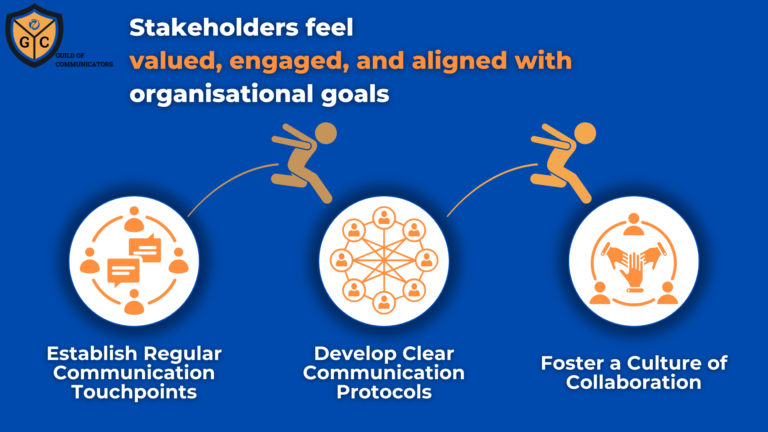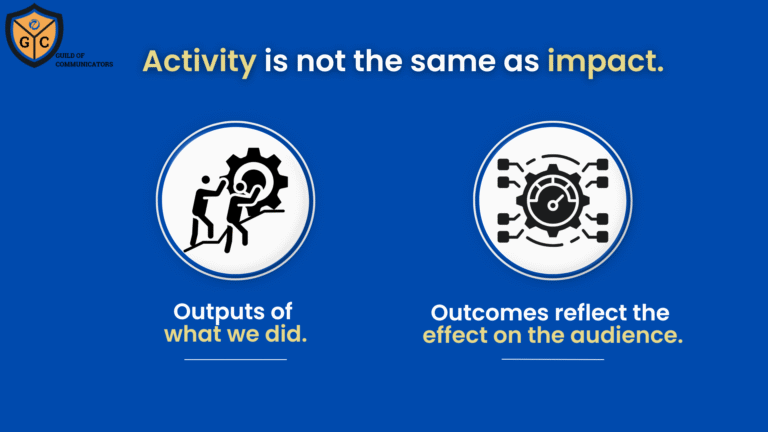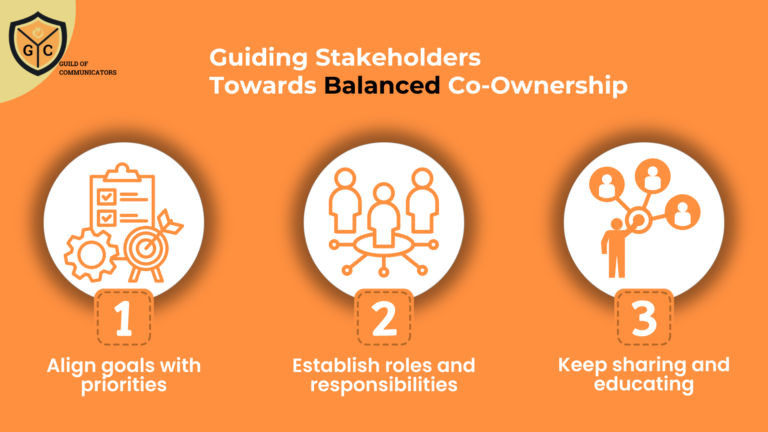Issues management and crisis communication management are often used interchangeably, but they are not the same. The distinction matters, especially for communicators at the early stage of their careers.
In fast-moving environments, the lines can blur. A developing issue might feel like a crisis when team members are reacting in the moment. Likewise, a genuine crisis may initially appear as just another issue until the scope and impact become clearer.
Understanding the differences between the two helps communicators activate the right strategies, mobilise appropriate resources, and set realistic expectations for outcomes. Misdiagnosis, on the other hand, can lead to poor prioritisation, wasted time, and reputational harm.
Issues vs Crises
An issue can be anticipated, monitored, and often pre-empted. It typically builds gradually, leaving a window for observation and intervention. Early signs may be subtle, for example, patterns in stakeholder sentiment, emerging industry debates, or regulatory changes that could affect the organisation.
A crisis, in contrast, is often sudden and disruptive. It demands rapid assessment of context, perspectives, and potential impacts. Crises create urgency because their consequences can escalate quickly, leaving little time for thoughtful planning.
Recognising the distinction is important because each requires a different management playbook. Issues rely on proactive measures like monitoring, engagement, and scenario planning. Crises require stabilisation, clear messaging, and visible leadership.
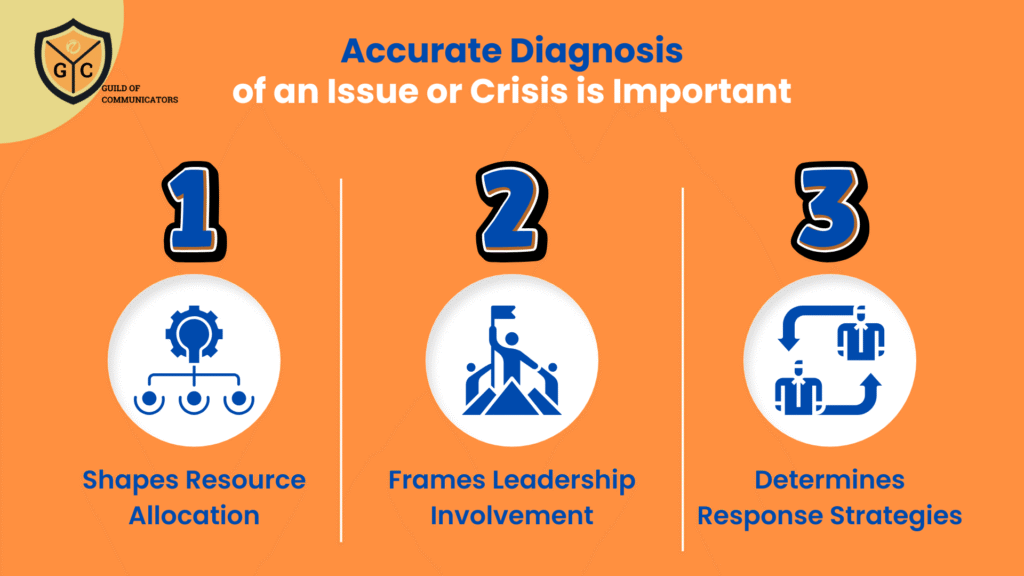
The Risk of Misidentification
Communicators do themselves and their organisations a disservice when they label issues as crises or crises as issues. The difference is not merely academic. It shapes resource allocation, leadership involvement, and response strategies.
Treating an issue as a crisis can result in overreaction, unnecessary alarm, and the inefficient use of leadership attention. Conversely, underestimating a crisis by classifying it as an issue can delay urgent action, leaving stakeholders confused or angry when events spiral out of control.
For communicators, the key is to develop the discipline of accurate diagnosis.
This means asking: Is this situation developing slowly enough to monitor and manage over time, or has it already reached the threshold where immediate and decisive intervention is required?
The Structure of an Issue
An issue is not random or vague. It can be broken down into five core elements:
- Origin – the starting point or trigger that sets the issue in motion (e.g., a customer complaint, regulatory proposal, or staff concern).
- Stakeholders – the groups or individuals affected by or influencing the issue.
- Trajectory – the direction and pace at which the issue is evolving, which may accelerate as more attention builds.
- Visibility – the degree to which the issue is gaining public, media, or internal attention.
- Impact Potential – the possible consequences for the organisation if the issue is left unaddressed.
From a characteristics perspective, issues tend to be slow-moving. They follow the law of compounding: a small concern, if unattended, can grow in influence and intensity. Issues can often be identified from a distance, but because they start small, executives may not pay attention until they are close to exploding or imploding. This lag in recognition is one of the central challenges of issues management.
Why Small Issues Go Unnoticed
Psychology offers some explanation for why small but important issues fail to trigger alarms. Humans often rely on mental shortcuts, paying attention only when problems cross a visible threshold. This creates a bias toward underestimating gradual developments until they become urgent.
One relevant tendency is avoidance. People prefer to delay engagement with uncomfortable problems, especially when the risks feel uncertain or distant. In organisations, this can result in executives downplaying early warning signs because addressing them would require resources, attention, or admitting potential vulnerabilities.
Another is gestalt thinking, where people perceive situations in terms of overall patterns rather than small signals. A series of minor complaints or low-level stakeholder concerns may not be taken seriously until they combine into a visible cluster that feels significant.
For communicators, this means that part of the job is not only to spot weak signals but also to translate them into terms that decision-makers can act on before the situation compounds.
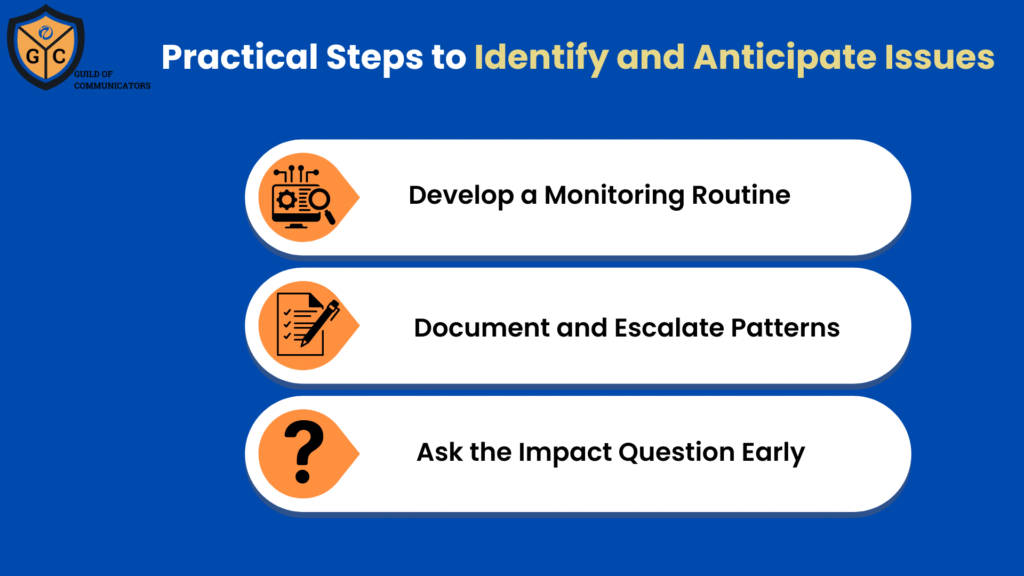
Practical Steps to Identify and Anticipate Issues
The ability to distinguish between issues and crises is one of the most valuable skills a communicator can build. It determines not only how effectively you manage situations but also how much trust leaders place in your judgement.
To strengthen your ability to identify and anticipate issues, consider these practical steps:
- Develop a monitoring routine
Set up consistent ways to track stakeholder sentiment, industry conversations, and regulatory signals. Use media monitoring tools, social listening, and internal feedback channels. Make note of recurring themes rather than isolated incidents. - Document and escalate patterns
Small signals are easy to dismiss when viewed individually. Compile them over time and present them as trends. This helps executives see potential trajectories and take emerging concerns more seriously. - Ask the impact question early
When assessing a potential issue, always ask: If this grows, what could it mean for the organisation? Framing the risk in terms of possible outcomes makes it easier for decision-makers to understand why early attention matters.
By recognising the structure of an issue, understanding why small problems often go unnoticed, and applying practical steps to monitor and escalate concerns, communicators can position themselves as early-warning systems for their organisations.
Clarity between issues and crises allows teams to apply the right management playbook at the right time, helping to avoiding overreaction, preventing escalation, and protecting reputation.
*****
Ready to elevate your communications career? The Guild of Communicators is your essential hub for professional growth, offering a vibrant community and best-in-class resources.
- Connect Membership: Ideal for early-career communicators seeking a supportive peer network, over 300 foundational and intermediate courses, and monthly interactive group sessions.
- Elevate Membership: For ambitious professionals, this tier includes premium frameworks, immersive live online workshops, dedicated career coaching, and mentorship with senior industry leaders.
Discover your path to impact and accelerated career growth.
Join the Guild of Communicators today at www.gocommunicators.com.
(For students: If you’re a student, undergraduate or postgraduate, explore our special student referral programme to lock in your membership fee for the second year! Drop us an email to find out more)
——-
Subscribe to join over 1500+ communicators and brands getting value every Tuesday while reading A Communicator’s Perspective, our weekly newsletter.

